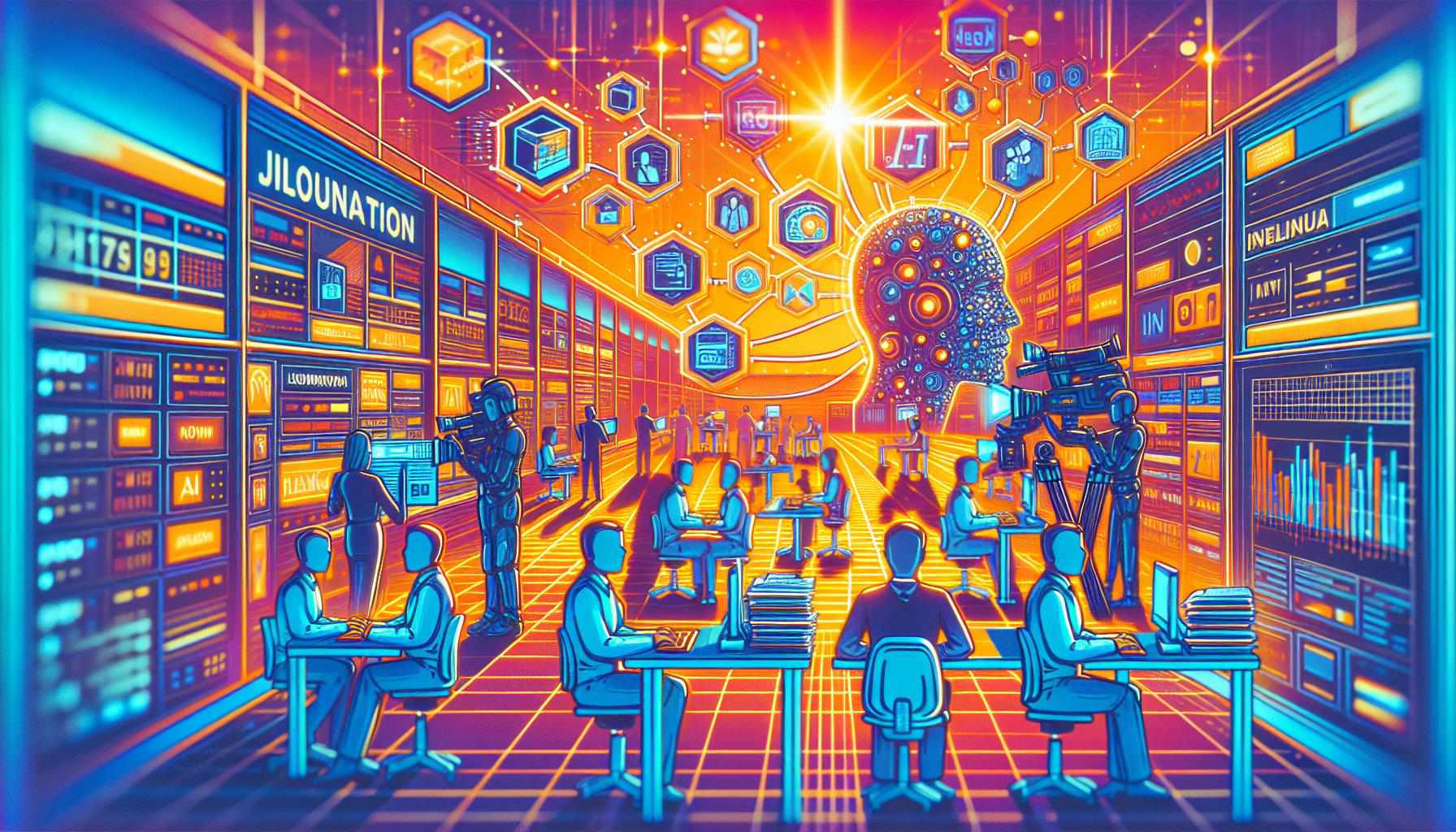In a groundbreaking study, researchers have demonstrated that bio-inspired cameras combined with artificial intelligence (AI) can help drivers detect pedestrians and obstacles 100 times faster than traditional systems. These innovative cameras mimic the visual processing capabilities of the human eye, allowing for rapid detection and response to potential hazards on the road.
This technological advancement represents a significant leap forward in automotive safety, particularly for driver assistance systems and self-driving cars. By enhancing the speed and accuracy of obstacle detection, these bio-inspired cameras could greatly reduce the risk of accidents and improve overall road safety.
The Science Behind Bio-Inspired Cameras
Bio-inspired cameras are designed to replicate the way the human eye processes visual information. Unlike traditional cameras that capture a series of static images, these cameras continuously monitor changes in the visual field, much like the human retina. This allows them to detect motion and changes in the environment more efficiently.
The key to their rapid detection capabilities lies in their ability to focus on dynamic events rather than static scenes. By prioritizing changes and movements, bio-inspired cameras can quickly identify potential hazards, such as pedestrians or obstacles, and relay this information to the vehicle’s AI system for immediate action.
Integration with Artificial Intelligence
When combined with AI, bio-inspired cameras become even more powerful. AI algorithms can analyze the data captured by these cameras in real-time, identifying and classifying objects with remarkable speed and accuracy. This integration allows for a more responsive and adaptive driver assistance system.
The AI system can process the visual information from the bio-inspired cameras and make split-second decisions to avoid collisions. For example, if a pedestrian suddenly steps into the road, the AI can instantly recognize the threat and activate the vehicle’s braking system to prevent an accident.
Advantages Over Traditional Systems
Traditional automotive cameras typically capture 30 to 50 frames per second, which can result in delays in detecting and responding to fast-moving objects. In contrast, bio-inspired cameras can achieve detection speeds up to 100 times faster, significantly reducing reaction times.
Additionally, bio-inspired cameras require less computational power than conventional systems. This efficiency not only enhances performance but also reduces the energy consumption of the vehicle’s electronic systems, contributing to overall sustainability.
Real-World Applications
The potential applications of bio-inspired cameras and AI in the automotive industry are vast. They can be integrated into advanced driver assistance systems (ADAS) to improve lane-keeping, adaptive cruise control, and automatic emergency braking. These systems can provide drivers with real-time alerts and take corrective actions to avoid accidents.
Moreover, self-driving cars can greatly benefit from this technology. Autonomous vehicles rely heavily on their ability to perceive and interpret their surroundings. Bio-inspired cameras, combined with AI, can enhance the situational awareness of self-driving cars, making them safer and more reliable on the road.
Challenges and Future Directions
Despite the promising advancements, there are still challenges to overcome. One of the main hurdles is the integration of bio-inspired cameras with existing automotive systems. Ensuring compatibility and seamless communication between different components is crucial for the successful deployment of this technology.
Future research will focus on refining the algorithms and improving the robustness of bio-inspired cameras in various driving conditions. Adverse weather, low light, and complex urban environments pose significant challenges that need to be addressed to ensure the reliability and effectiveness of these systems.
Impact on Road Safety
The introduction of bio-inspired cameras and AI in vehicles has the potential to revolutionize road safety. By enabling faster and more accurate detection of pedestrians and obstacles, these systems can prevent accidents and save lives. The reduction in reaction times can be particularly beneficial in urban areas, where pedestrian traffic is high.
Furthermore, the enhanced situational awareness provided by these systems can reduce the cognitive load on drivers, allowing them to focus more on the road and less on monitoring their surroundings. This can lead to a more relaxed and safer driving experience.
Conclusion
The combination of bio-inspired cameras and AI represents a significant advancement in automotive technology. By mimicking the visual processing capabilities of the human eye, these cameras can detect pedestrians and obstacles 100 times faster than traditional systems, greatly enhancing road safety.
As research and development continue, we can expect to see even more sophisticated and reliable systems that will further improve the safety and efficiency of both human-driven and autonomous vehicles. The future of road safety looks promising with the integration of bio-inspired cameras and AI.
